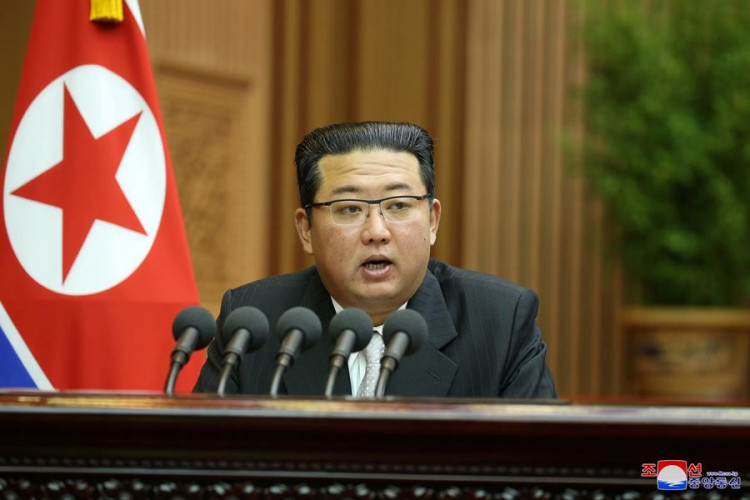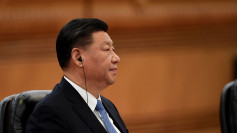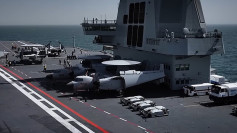In a move that has heightened tensions in the region, North Korea has launched a suspected intercontinental ballistic missile (ICBM) into its eastern waters. The missile, which was detected by South Korean and Japanese officials, flew for over an hour before landing short of Japanese waters. This provocative act comes on the heels of North Korea's accusations of U.S. spy plane incursions over its territory, a claim that Washington has dismissed as unfounded.
The missile was launched from North Korea's capital region, and South Korea's military has since bolstered its surveillance posture and maintained readiness in close coordination with the United States. Japanese Defense Minister Yasukazu Hamada noted that the missile was likely launched on a lofted trajectory, a steep angle that North Korea typically employs to avoid neighboring countries during its long-range missile tests.
North Korea's long-range missile program is primarily aimed at the U.S. mainland. Since 2017, the country has conducted a series of ICBM launches as part of its efforts to acquire nuclear-tipped weapons capable of striking major U.S. cities. However, some experts argue that North Korea still has some technologies to master to possess functioning nuclear-armed ICBMs.
This recent launch, the first weapons firing in about a month, followed a series of statements from North Korea accusing the United States of flying a military plane close to North Korean territory for spying purposes. The U.S. and South Korea have dismissed these accusations and urged North Korea to refrain from any acts or rhetoric that escalate animosities.
Kim Yo Jong, the influential sister of North Korean leader Kim Jong Un, warned the United States of a "shocking incident" as she claimed that a U.S. spy plane flew over the North's eastern exclusive economic zone eight times in a single day. She also threatened that the U.S. military would experience "a very critical flight" if it continues its alleged aerial spying activities.
These bellicose statements and actions from North Korea are seen by some analysts as part of a pattern of inflating external threats to rally domestic support and justify weapons tests. The timing of these shows of force is also perceived as an attempt to disrupt perceived diplomatic coordination against North Korea, particularly in light of the recent meeting between South Korean and Japanese leaders during the NATO summit.
As the international community grapples with this latest act of defiance from North Korea, the question remains: what measures will be taken to deescalate the situation and ensure regional and global security?






